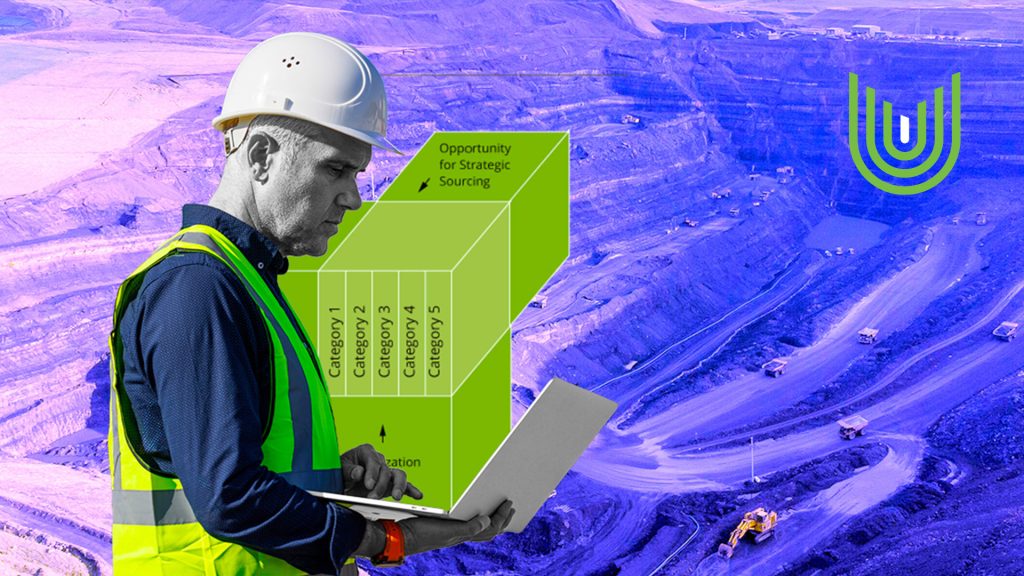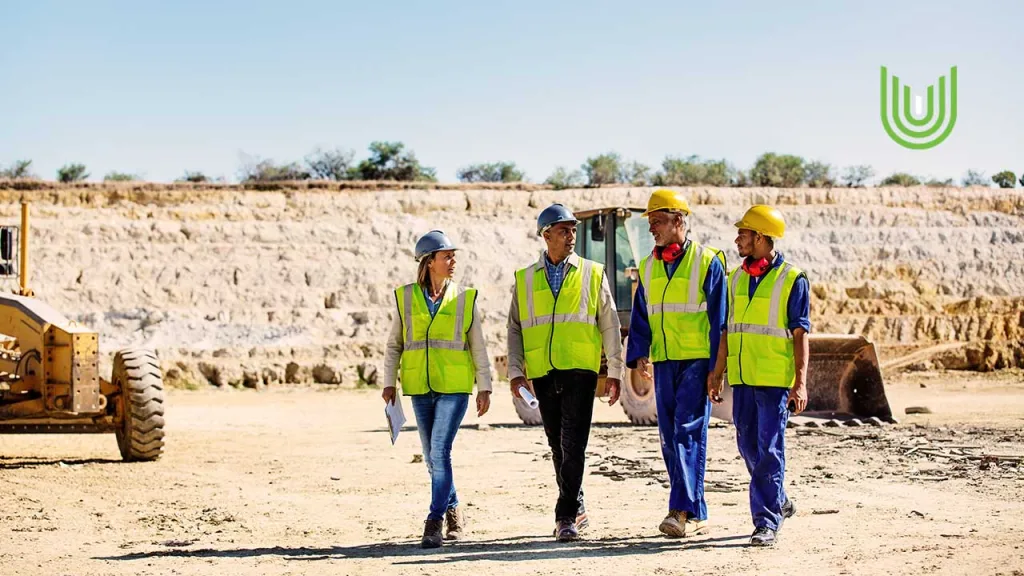Managing organizational spend on critical parts is a crucial part of procurement planning on a remote mine. Without factoring in the geographical complexity of an area and a potential lack of transportation infrastructure, there is a risk of delivery delays which can quickly drive up operational expenses. There is also a delicate balance to maintain for mining teams; overstocking parts can tie up capital, while understocking leads to costly downtime.
Additionally, monitoring the compliance of suppliers with Mexico’s rapidly evolving social and environmental mining regulations is crucial to ensure breaches and penalties are avoided. By engaging reliable suppliers, with a diversified list of local or regional manufacturers, mines can effectively prevent sudden shortages of parts.
Supplier sourcing, relationship building, and inventory storage of parts need to be managed comprehensively to mitigate the risk of supply chain disruptions, such as natural disasters and extended lead times – all of which can drastically impact total procurement spend.
How does spend cube analysis work to assess organizational spend
Spend cube analysis is a tool that can be used as a first step for mining companies to assess their organization spend to develop robust procurement plans. The spend cube is a visual representation of an organization’s spend and procurement plan with three dimensions representing suppliers that your mine buys critical parts from, corporate business units within the company, and spend categories or types of parts or products being sourced.
By displaying these three groups of data together, it offers management teams a better understanding of the various moving parts affecting procurement and the actions to take to address them. Executives can decide which spending to reduce or increase and can more easily communicate justifications for future spending.
This holistic view of suppliers and categories of spending can help mines ensure supply chain disruptions are planned for and mitigated.
Benefits of using spend cube analysis for critical parts procurement planning
Spend cube analysis can help companies gain a clear view of the following:
- The total spend of the company
- The total spend procurement can influence
- Direct and indirect spend
- Category-wise distribution of spend
- Supplier-wise distribution of spend
- Number of suppliers per category
- Spend trends
Improve supplier relations, sourcing and supply chain risk management
Once management has a comprehensive overview of its existing suppliers, spending categories and all relevant departments, an analysis should be conducted to assess any supply chain risks. For example, if a spending category relies on a sole supplier or a specific travel route, sourcing additional suppliers for that category or identifying new routes as backups during emergencies is crucial.
The more complex the supply chains, the higher the risk of extended lead times causing delays in delivery of critical parts. Forming contingency plans for these lead times according to historical data of supplier delivery times can minimize the risk of mine disruptions and the associated costs.
Diversify supplier sourcing, reduce lead times, and manage inventory for cost optimization
Relying on too few suppliers puts a mining company at risk of disruptions when a particular vendor is not able to supply parts within the agreed schedule. Supply chain disruptions in remote locations are common, but risks can be mitigated with contingency plans and better supplier sourcing strategies. By building relationships with multiple vendors and ensuring backup suppliers are readily available and reliable, average lead times can be reduced.
Inventory management of parts should also be optimized with demand forecasting to ensure that unnecessary storage costs are not accrued from overstocking. This can be managed through analyzing historical data based on past deliveries of critical parts to determine the optimal volume of parts needed, hedging for stock disruptions without being excessive.
However, successful supply chain optimization will require not only the data infrastructure and tools to drive change, but the people behind these systems to sustain new ways of working. Processes and performance incentives need to be embedded within mining organizations to support these changes, fostering employee buy-in and sustainable change.
Unison Mining can work with your team to identify and address your mine’s biggest risks and opportunities in your supply chain. By collaborating with your teams, we assist in developing the systems, processes and KPIs needed to incentivize behavior change – supporting sustainable results in supply chain optimization.

















